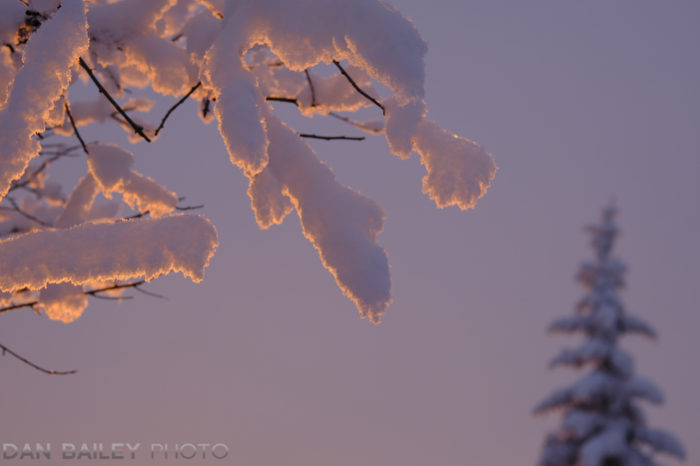
I’ve always been a fan of the fixed short telephoto lens, which is typically a mid-range focal length with a relatively compact size. In use, this type performs like a classic normal lens, but with a little more throw, and it has the basic characteristics of long telephoto without the encumbering bulk and weight of a bigger zoom.
In practical terms, a short telephoto allows you to isolate subject matter that’s relatively close to the camera and add slight compression to your scene. The effect is an image that’s clean from the distracting elements that a wider lens would catch and enough bokeh to allow the main subject to stand out from the background.
For this reason, I find the short telephoto to be an excellent choice for shooting intimate landscapes that feature a prominent subject with just one or two other elements that help give a sense of environment to the shot.

Traditionally, the short telephoto has been considered the ideal lens for shooting portraits, and while I do use mine for that, I love using it to shoot nature scenes. For this reason, it would also be an excellent choice for things like street photography and travel, because it allows you to capture the details of the world in and make clean, simple compositions.
In my mind, the short telephoto focal length checks two boxes that can always lead towards more effective compositions: simplifying the scene and making use of varying depths of focus. Both of these techniques help you create pictures that easily draw your viewers into the shot and leave no ambiguity about what they should be looking at.
In other words, it allows them to clearly answer the question, “What’s the picture about?”
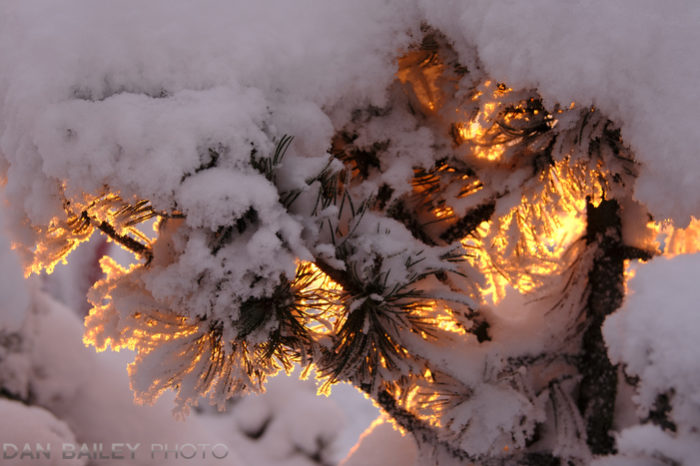
My favorite short telephoto lens these days is the Fujifilm XF50mm f/2. It’s a pocket sized, weather sealed gem that only weighs 7 oz. It’s small and light enough to carry with you all the time, it has a minimum focusing distance of just 1.28 feet (39 cm), and it has a fast f/2 aperture. (Read my full review of this lens here.)
With a focal length that equates to about 76mm compared to old film lenses, it offers just enough compression at close to medium distances to make it an extremely versatile lens for a wide range of styles and subject matter. For this reason, that little 50 has become one of my favorite Fuji lenses and it goes with me just about everywhere.
Back when I shot Nikon, my favorite short telephoto was the venerable 105mm f/2.5 manual focus. Nikon’s current AF equivalent is the 105mm f/2.8G lens. Canon also has a 100mm f/2.8 lens. Either of those would be a great short telephoto.
In addition, many kit lenses and shorter zooms encompass this focal length, so even you don’t have a fixed telephoto prime, you can still make use of these techniques.
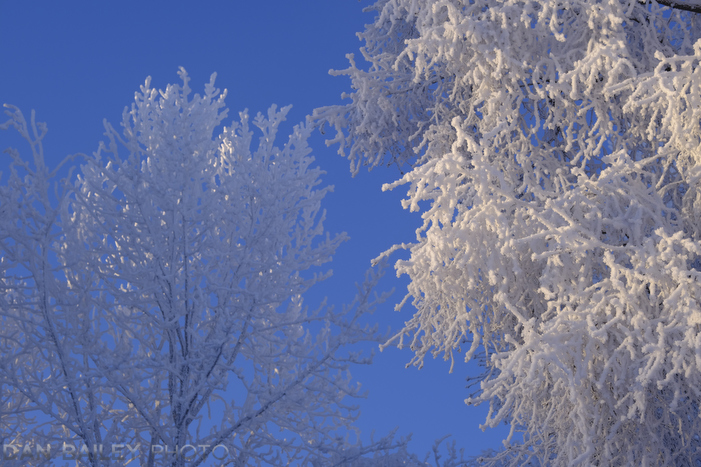
I shot all of these photos this week, thanks within a mile of my house, either in my neighborhood, or along the main bike path that runs right through Anchorage. In addition to the main subjects I captured, all of these scenes where filled with regular city stuff, like houses, power lines, traffic lights, street lamps, etc…
With the really bright orangey sunset photos, I shot all of those on the trail right next to one of the larger intersections in the city. The background was filled with all kinds of stuff I didn’t want in my shot, and by using the short telephoto and a bit of walking to find good vantage points, I was able to crop all those distracting elements out right inside the viewfinder and make clean, uncluttered compositions.
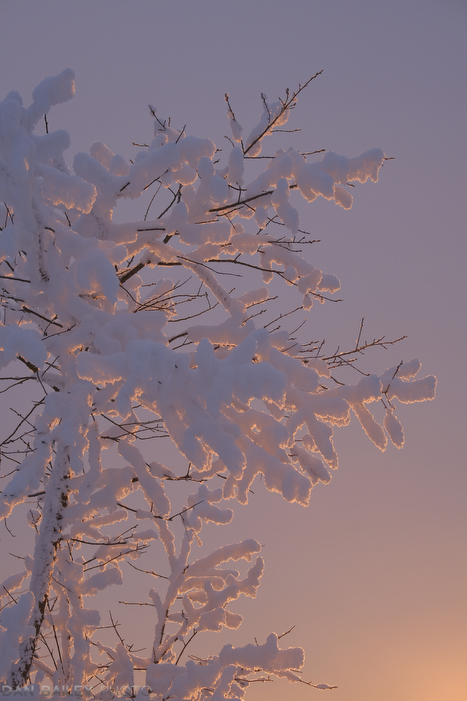
In my mind, the short telephoto is a lens that fits in with that notion of abbreviation, which I consider to be such a vital compositional concept in photography. By abbreviating your scenes, instead of showing everything, you create much clearer compositions, and you engage your viewers to imagine what lies outside the borders of your frame.
If you have a short telephoto, whether it’s a prime, or if you have that focal length on one of your zoom lenses, I encourage you to spend more time experimenting with it.
The key is getting close to your subjects so that you isolate specific parts of your scene, while eliminating everything else. You can leave one or two elements things in the shot, but they must be things that either accentuate, compliment or contrast in some intriguing way with your main subject.
Have fun.
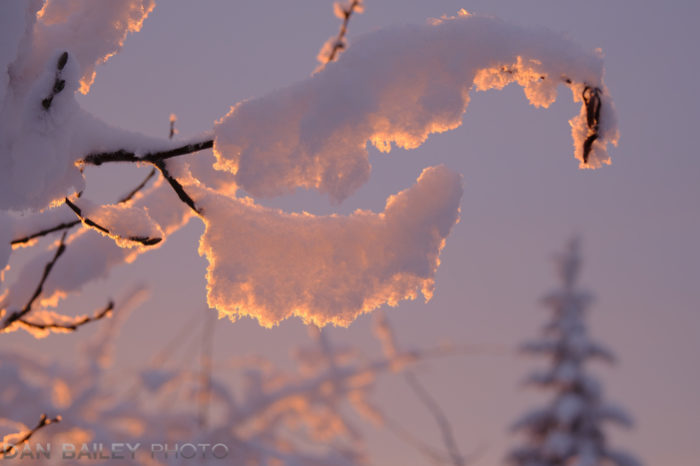

Great post Dan. I used my XF50mm f/2 on my X-Pro2 at a model train and rail show this past Sunday. It will take me a bit to get used to the 75mm FOV afforded by this lens, but it was nice working with it. Compact, light weight, and fairly quick to focus in lower light.